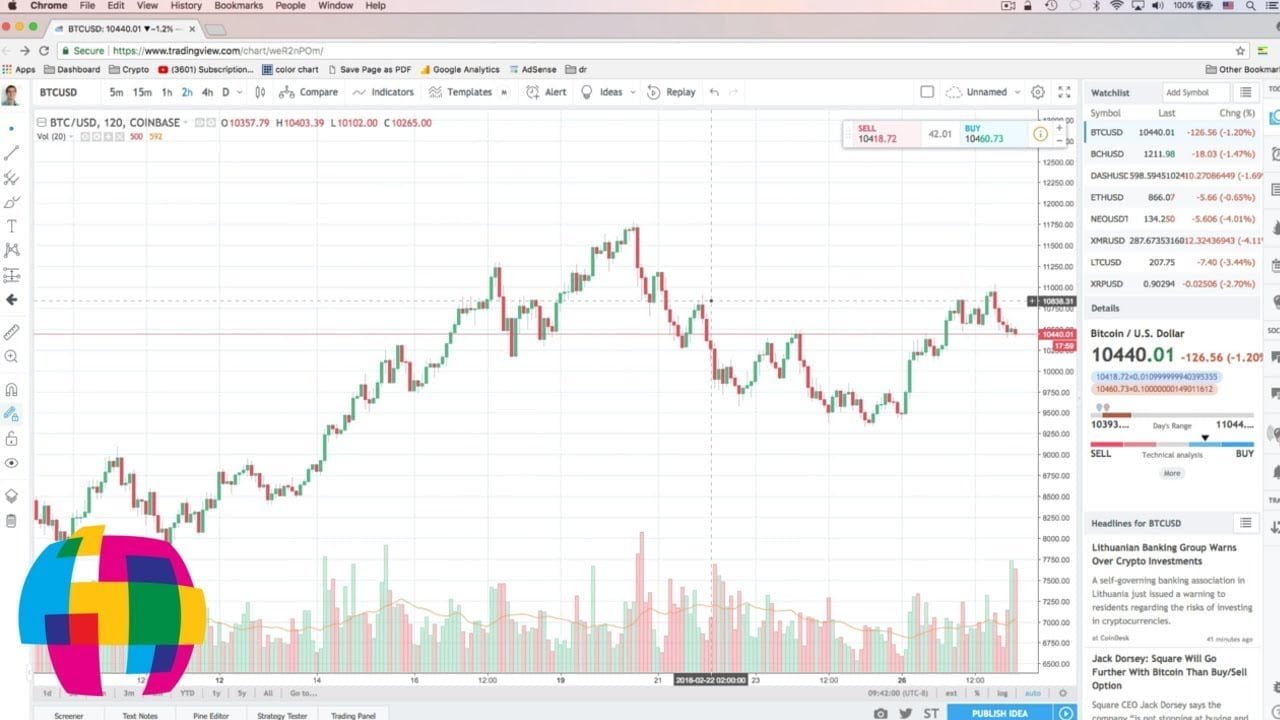Amidst the fast-paced and dynamic trading realm, options have emerged as a robust instrument that offers traders a plethora of opportunities. However, realizing consistent success in options trading hinges upon the ability to meticulously track and analyze performance. This article will delve into the intricacies of options trading performance tracking and provide expert tips to help you optimize your trading strategies.

Image: tradingparadigm.com
Subtitle: The Significance of Tracking in Options Trading
In the realm of options trading, tracking performance is an indispensable practice that enables traders to refine their strategies, identify areas for improvement, and make informed decisions in a rapidly evolving market. By monitoring key metrics, traders can gain valuable insights into their trading patterns, gauge the effectiveness of their strategies, and fine-tune their approaches based on data-driven analysis.
Overview of Options Trading Performance Tracking
Performance tracking in options trading involves monitoring and analyzing a diverse array of metrics, including return on investment (ROI), profit and loss (P&L) statement, winning percentage, risk-adjusted return, maximum drawdown, and Sharpe ratio. Each metric offers a different perspective on the performance of an options trading strategy and can be used to assess its overall profitability, risk, and consistency.
Return on investment (ROI) quantifies the overall profitability of an options trading strategy by gauging the percentage return achieved on the initial investment. Profit and loss (P&L) statement provides a comprehensive breakdown of all realized profits and losses incurred during a specific trading period, allowing traders to understand the sources of their gains and losses.
Winning percentage measures the proportion of successful trades out of the total number of trades executed. Risk-adjusted return is a measure that balances the profitability of a strategy with its associated risk level, providing a more comprehensive assessment of its efficiency. Maximum drawdown represents the maximum amount of loss incurred from the peak equity to the lowest equity point during a trading period, indicating the tolerance of the strategy to adverse market conditions.
Sharpe ratio gauges the excess return of an options trading strategy over the risk-free rate, adjusted for the volatility of the portfolio. This metric offers a valuable insight into the strategy’s risk-adjusted performance and helps traders determine whether their returns are commensurate with the level of risk they are undertaking.
Current Trends in Options Trading Performance Tracking
The advent of advanced technology and data analytics has revolutionized options trading performance tracking. Automated platforms and software tools have made it more accessible for traders to collect, track, and analyze a vast array of data, enabling them to conduct in-depth performance analysis previously not possible.
Artificial intelligence (AI) and machine learning algorithms are increasingly being incorporated into performance tracking systems, allowing traders to identify patterns and trends that may not be apparent through manual analysis. These advanced tools provide traders with actionable insights and predictive capabilities to optimize their trading strategies and enhance their overall performance.

Image: www.tradersmastermind.com
Expert Tips for Effective Options Trading Performance Tracking
Efficiently tracking and analyzing options trading performance requires a combination of comprehensive data analysis, smart technology utilization, and continuous optimization. Here are some expert tips to help you master the art of performance tracking:
- Set clear goals and benchmarks: Define specific performance targets and benchmarks against which you will measure your progress. This will help you stay focused and track your improvement over time.
- Use a performance tracking tool: Leverage automated platforms or software tools designed specifically for options trading performance tracking. These tools will streamline data collection, analysis, and reporting, saving you time and effort.
Regularly review and analyze your metrics: Make it a habit to regularly review your performance metrics and assess your progress. Identify areas where you can improve and adjust your strategies accordingly.
Common FAQs on Options Trading Performance Tracking
Q: Why is tracking performance crucial in options trading?
A: Performance tracking allows traders to assess the effectiveness of their strategies, identify areas for improvement, and make informed decisions based on data-driven analysis.
Q: What are the essential metrics to track in options trading?
A: Critical metrics include ROI, P&L statement, winning percentage, risk-adjusted return, maximum drawdown, and Sharpe ratio. These metrics provide comprehensive insights into performance, profitability, risk, and consistency.
Q: How can technology assist in options trading performance tracking?
A: Automated platforms and software tools streamline data collection and analysis, while AI and machine learning algorithms uncover patterns and trends, providing valuable insights for strategy optimization.
Options Trading Performance Tracking

Image: riset.guru
Conclusion
Options trading performance tracking is an essential practice that empowers traders to maximize their profitability and minimize risk. By meticulously monitoring and analyzing key metrics, traders can identify areas for improvement, refine their strategies, and adapt to ever-changing market conditions. Embracing the latest trends in performance tracking technology will further enhance efficiency and provide traders with the tools they need to achieve consistent success in the dynamic world of options trading.
Do you find this topic on options trading performance tracking captivating? Let us know if you desire to delve deeper into this subject or explore other fascinating aspects of financial trading.






